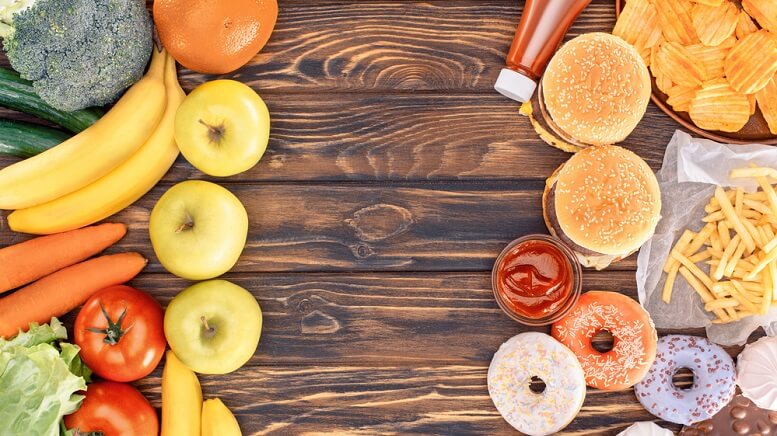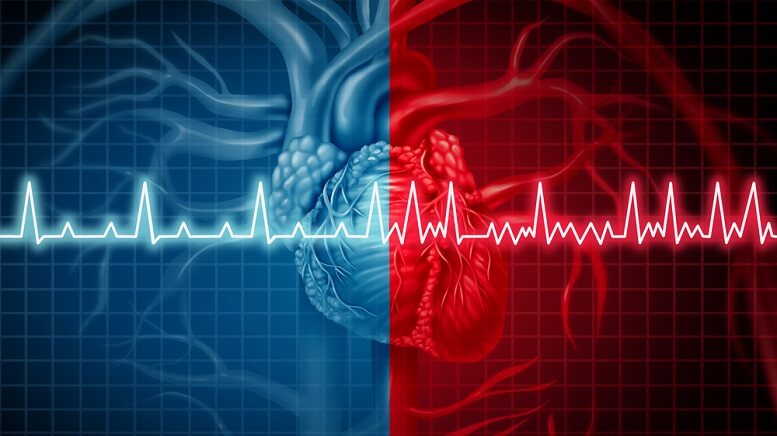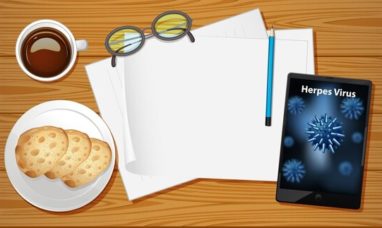Having a poor diet that includes a lot of saturated and trans fats can increase your chance of having a heart attack and stroke. Pairing those poor food choices with smoking and a lack of exercise and those chances get much higher.
You may have heard your doctor call it “LDL cholesterol,” which stands for low-density lipoproteins. It is commonly called “bad” cholesterol because high LDL levels cause cholesterol to build up in your arteries and increase your chance of getting heart disease.
A proper diet that is rich in fruits, vegetables, whole grains, beans, and good fats can help lower bad cholesterol.
Of course, lowering your cholesterol isn’t the only benefit you get from eating these foods.
They also:
- Boost immunity
- Lower your blood pressure
- Protect against stroke, heart attack, and some cancers
To help you make the best dietary choices, here is a list of what to add to your shopping cart and what to avoid.
Foods to Eat for Cholesterol Management
Focus on these foods when you are at the store – and remember a farmer’s market might also have some great picks:
Produce: Naturally, cholesterol-free and low-fat fruits and vegetables are the foundation of a healthy diet. When shopping for produce, look for colorful fruits and vegetables like yams, broccoli, spinach, berries, oranges, apples, and bell peppers.
Whole grains: Oats, barley, quinoa, and whole wheat all contain fiber, complex carbohydrates, and protein. Look for bread, pasta, and cereals made with a variety of whole grains. If you have a gluten allergy or celiac disease, you’ll need to avoid certain grains. Read the labels to make sure the products you buy are also low in fat, sodium, and sugar.
Meat and beans: Choose skinless chicken or turkey breasts and lean cuts of meat like pork tenderloin and beef sirloin or tenderloin. When buying meat, read labels to be sure the meat is at least 92% fat-free. Buy protein-rich beans such as black, kidney, garbanzo, and edamame beans.
Dairy/calcium: Look for low- or reduced-fat yogurt, milk, and cheese, as well as canned fish such as sardines, tuna, and salmon. If you’re lactose-intolerant or vegan, include calcium-enriched or fortified cereals and juices, and green, leafy vegetables, in your diet to fill the calcium gap.
Vitamin D, which allows the body to take in more calcium, is often added to dairy products, as well as cereals and margarine. Vitamin D is also found naturally in egg yolks and fish.
Nuts and seeds: To incorporate nuts and seeds into your diet, you can simply snack on them or use as a garnish on pastas and salads. Stock up on the plain varieties instead of those with added salt and seasoning. It is also best to buy natural-style peanut butter or almond butter that contains only the nuts or nuts and salt.
Omega-3-rich foods: The truth is that most of us aren’t getting enough Omega-3 fatty acid in our diets. You find these fats in cold-water fish such as salmon, halibut, herring, tuna, and mackerel, all of which have higher amounts of omega-3. Walnuts, soybeans, canola oil, and flaxseed contain plant omega-3 fatty acids. There are also omega-3 enriched foods on the market, including eggs, soy products, dairy, cereals, breads, and pasta.
“Good” oils: Although oils have a bad rep, some are actually good for you. Olive oil, for example, can help raise the level of your “good” cholesterol (high-density lipoprotein). Other vegetable-based oils like sunflower, avocado, canola, peanut, and soy can raise your “good” HDL cholesterol.
Plant sterol-enriched foods: Plant sterols and stanols help block cholesterol from being absorbed in your small intestine. They are only found in tiny amounts naturally in foods. You can get low amounts of plant sterols from produce, seeds, nuts, and legumes, but not nearly the 2 grams per day recommended for those with high cholesterol.
To get more sterols in your diet, look for sterol-enriched foods like margarine spreads, some yogurt or low-fat milk, as well as select fruit juices, and cereal. Be sure to read the labels to ensure the food is not also high in fat and sugar.
Original source: http://findquickanswers.com/good-foods-to-eat-for-high-cholesterol/
Featured image: DepositPhotos – VadimVasenin








